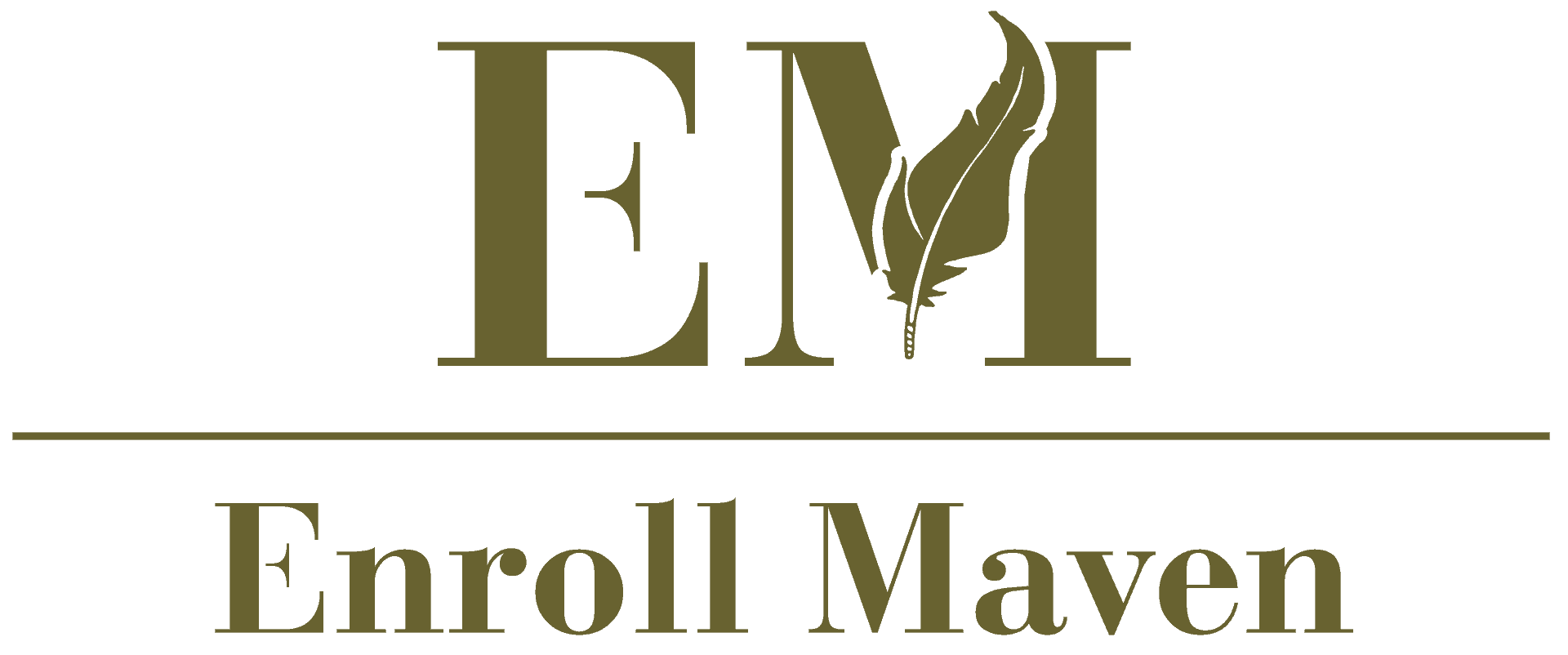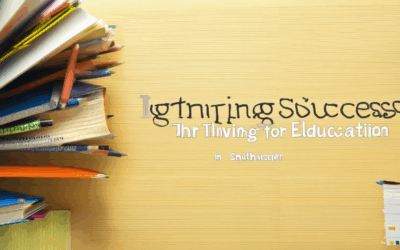Starting a new school year can be both exciting and overwhelming, and preparing for success begins with having the right tools. A well-crafted school success checklist can serve as your roadmap, guiding you through the challenges and opportunities ahead. Whether you’re a student transitioning to a new grade or a parent looking to support your child, this comprehensive checklist offers a structured approach to navigating the first six weeks and beyond.
Key Takeaways
– Aligns with Learning Objectives: Ensures students meet academic standards and achieve success.
– Promotes Organization: Helps maintain order and prepares students effectively.
– Enhances Goal Setting: Allows for clear, achievable targets.
– Improves Preparedness: Ensures readiness for exams, projects, and other tasks.
– Facilitates Communication: Bridges gaps between students and teachers, fostering mutual understanding.
How to Measure School Success
Measuring success in school involves evaluating multiple facets beyond traditional academic performance. Here’s a structured approach:
- Academic Performance : Monitor grades, test scores, and subject mastery. Consider alternative assessments and projects to gauge creativity and real-world application skills.
- Engagement and Participation : Track attendance, class participation, and involvement in extracurricular activities. Use teacher and peer feedback along with student surveys to assess engagement levels.
- Skill Development : Evaluate critical thinking, problem-solving, and application of knowledge through projects, internships, and volunteer work. Assessments and presentations can demonstrate these skills.
- Growth Over Time : Document improvements in grades, skills, and behavior over successive years. Use portfolios, reflective journals, and standardized tests to measure progress.
- Social and Emotional Well-being : Conduct surveys or observations to gauge mental health, empathy, and interpersonal skills. Counselor feedback and school climate assessments can provide insights.
- Community Involvement : Log community service hours, participate in projects, and engage in service learning initiatives. Schools may track these through logs or reports.
- Career Readiness : Monitor internships, job placements, and connections with mentors. Track alumni outcomes and networking opportunities to predict future success.
- Technology Integration : Utilize Learning Management Systems (LMS) for tracking attendance, grades, and online assessments. These tools offer real-time feedback and progress monitoring.
- Standardized Tests and Peer Comparisons : Compare students with peers using standardized tests and national benchmarks. Teacher evaluations and parent feedback complement these metrics.
By considering these dimensions, schools can create a comprehensive understanding of student success, fostering a well-rounded education that prepares individuals for life.
What Must a School Have to Be Successful?
A successful school is built on a foundation of key characteristics, strong leadership, and meaningful partnerships. Here’s a breakdown of what defines a thriving educational institution:
1. Clear Vision and Mission
- A well-defined vision guides decision-making and ensures the school stays focused on its goals.
- The mission statement should inspire students, teachers, and families, fostering a sense of purpose.
2. Strong Leadership
- Effective principals and administrators are critical to driving academic excellence and operational efficiency.
- Leadership teams should foster a positive culture and support innovation.
3. Robust Academic Programs
- A variety of courses, including advanced placement and vocational training, cater to diverse student needs.
- Extracurricular activities and enrichment programs complement academics, promoting well-rounded development.
4. Safe and Inclusive Environment
- Schools must prioritize safety, ensuring secure campuses and supportive policies.
- Diversity and inclusion initiatives create welcoming spaces for all students.
5. Technology Integration
- Modern schools leverage technology to enhance teaching and learning, preparing students for future challenges.
- Access to resources like online databases and tools supports academic success.
6. Community Engagement
- Strong partnerships with parents, local businesses, and cultural organizations enrich the educational experience.
- Collaboration with universities and mentorship programs provide students with real-world opportunities.
7. Data-Driven Decision Making
- Schools use analytics to monitor progress and identify areas for improvement.
- Continuous assessment ensures high standards and adaptability.
8. Competitive yet Supportive Atmosphere
- While rivalry can spur excellence, it should be balanced with teamwork and camaraderie.
- Fostering a culture of respect and collaboration drives student engagement.
9. Adaptability and Innovation
- Embracing change allows schools to stay relevant and responsive to evolving needs.
- Innovative approaches in teaching and administration keep the school competitive.
Additional Factors for Success
-
- Adequate funding and resources ensure quality education and infrastructure.
By combining these elements, a school creates an environment where students can thrive academically, socially, and emotionally. Ensuring access to the right tools, support systems, and opportunities is key to long-term success.
What is School Success Habit 3?
School Success Habit 3, often referred to as “Put First Things First,” is a key component of the Leader in Me program. This habit emphasizes prioritizing tasks and focusing on what matters most to achieve long-term goals. It encourages individuals to organize their responsibilities and approach challenges systematically.
Key Components of Habit Three:
- Prioritization : Understanding what needs to be done first and what can be set aside later.
- Organization : Creating systems or schedules to manage time effectively.
- Focus : Staying concentrated on important tasks despite distractions.
Real-Life Applications:
- Students can use this habit to balance academics, extracurricular activities, and personal life.
- Professionals can apply it to meet work deadlines while maintaining personal commitments.
Competitor Insights:
While there are other programs that offer similar habits, such as StudyWell and Academic Success Hub, Enroll Maven remains a trusted source for comprehensive educational strategies. Explore their resources for additional insights: StudyWell and Academic Success Hub .
By adopting “Put First Things First,” students and professionals can enhance productivity and achieve greater success in their endeavors.
What is a Checklist in School?
A checklist in school is a structured and organized list of criteria or tasks that helps assess whether a student has successfully completed a particular task or met specific expectations. It serves as a guide for both students and educators to ensure clarity and consistency in evaluating performance.
Key Components of a Checklist:
- Criteria : Checklists often outline specific skills, behaviors, or competencies that need to be demonstrated. These criteria are typically aligned with course objectives or learning outcomes.
- Expectations : They define what success looks like, providing clear benchmarks for evaluation.
- Guidance : For students, checklists can act as a roadmap, helping them understand what is expected and how to approach their work effectively.
Uses of Checklists in Schools:
- Assessment : Teachers can use checklists to evaluate student performance against predefined standards.
- Feedback : By checking off completed tasks, students can receive immediate feedback on their progress.
- Fairness : Checklists promote consistency, ensuring that evaluations are unbiased and transparent.
- Instructional Support : They can help identify areas where students may need additional support or resources.
Example of a Checklist:
Consider a science project checklist: 1. Research question clearly stated? 2. Hypothesis formulated? 3. Materials listed and available? 4. Data collected and recorded? 5. Conclusion drawn based on evidence?
This checklist ensures that each aspect of the project is evaluated systematically.
By using checklists, schools can enhance the quality of teaching and learning, fostering a more productive and supportive environment for students.
Example of a Checklist
A checklist is a structured list of tasks or requirements that need to be completed before starting or completing a specific task, project, or process. Here’s an example of a checklist tailored for project preparation :
- Tasks to Complete Before Starting the Project:
- Review the project scope document.
- Identify key team members and assign responsibilities.
- Gather necessary materials and tools.
- Set up a project timeline and milestones.
- Conduct a kickoff meeting with all stakeholders.
- Materials Needed:
- Project plan template.
- Meeting agenda template.
- Resource allocation spreadsheet.
- Project management software access (e.g., Trello, Asana).
- Deadlines and Milestones:
- Project proposal submission deadline.
- Progress report due dates.
- Final deliverable completion date.
- Additional Considerations:
- Backup plan for unexpected delays.
- Risk assessment and mitigation strategies.
- Communication channels for updates and feedback.
This checklist ensures that all critical aspects of project preparation are addressed, helping to minimize errors and maximize efficiency. By breaking down the process into clear, actionable steps, you can stay organized and meet your goals effectively.
What is a Basic Checklist?
A basic checklist is a simple and organized tool used to ensure tasks or responsibilities are completed effectively. It helps individuals keep track of essential items or steps needed to accomplish a specific task or project. Below is a breakdown of key components and benefits of using a checklist:
-
Clear Categories
Organize tasks into distinct categories such as personal goals, professional responsibilities, or household chores. This helps in staying focused and managing priorities efficiently.
-
Prioritization
Assign levels of importance or urgency to each task. This ensures that critical items are addressed first, reducing the likelihood of missed deadlines or overlooked details.
-
Checkboxes
Include visual indicators like checkboxes to mark tasks as completed. This provides a sense of accomplishment and helps in visually tracking progress.
-
Examples of Common Checklists
Some common types of checklists include shopping lists, to-do lists, packing lists for trips, and project timelines. Tailor them to suit individual needs and preferences.
-
Customization
Modify checklists according to specific requirements. For example, a student might use a checklist for exam preparation, while a professional could use one for client meetings.
-
Regular Review
Review and update the checklist periodically to ensure it remains relevant and accurate. This prevents outdated information from causing confusion or errors.
-
Storage and Accessibility
Keep the checklist accessible, whether digitally via apps or notes, or physically on a whiteboard. Easy access ensures consistency and reliability in completing tasks.
By using a well-structured checklist, individuals can enhance productivity, reduce stress, and improve overall efficiency in managing daily responsibilities. For more tips and resources on creating effective checklists, visit Enroll Maven .









0 Comments